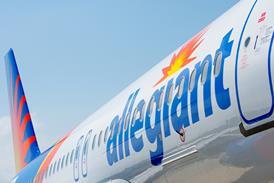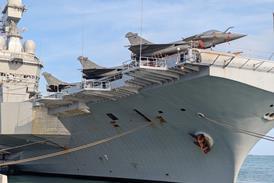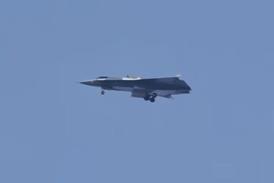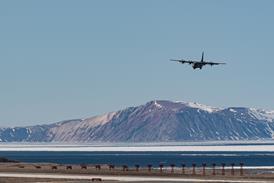Low-cost airlines are triggering consolidation in the European airline industry, with a number of carriers likely to fall by the wayside, according to Dieter Schneiderbauer and Alexander Neuhaus, European head and senior associate, respectively, at Mercer Management Consulting’s travel and transport practice
There is good and bad news on the horizon for Europe’s low-cost airlines. The good news is that they are on course to boost their market share from the current level of approximately 19% to at least one-third of the total market by the year 2010. Now for the bad news: many of the low-cost airlines operating today will not be around then. In fact, we expect that a number of them could go “belly up” very soon.
Those are the findings of research by Mercer Management Consulting on European airline travel, which shows that low-cost carriers have grown even faster than many industry experts would have thought possible. Yet despite this sharp growth within the sector, a number of carriers are facing extinction over the coming months. The findings suggest that the probable winners of the continuing industry consolidation will be Ryanair and easyJet, both of which are expected to increase their domination of the market.
Meanwhile, the major network airlines such as Lufthansa, Air France/KLM and British Airways must continue to look for ways to respond to the threat posed by low-cost competitors. The network carriers will have to position themselves more clearly through high-quality offerings while at the same time keeping a tight grip on costs.
Lufthansa, for instance, has added a premium tier to its frequent flyer programme, called Hon Circle, with privileged services like a special departure terminal at Frankfurt Airport and a private jet service for wealthy clients in co-operation with NetJets while cutting its cost base by €1.2 billion ($1.45 billion) to become more competitive.
And while all this is going on, our study indicates that many smaller European independent national, regional, and charter airlines will be relegated to serving decentralised routes or providing feeder services to and from major hubs of network carriers. The upshot is that most of these airlines could lose their independence or vanish from the market.
The establishment of low-cost carriers has had the effect of transforming the air travel market in Europe, just as it has in the USA. In only four years their market share has nearly quadrupled from 5% in 2000 to today’s 19%. The demand crisis of recent years, together with the solid prospects of the low-cost business model, have accelerated developments enormously.
Currently more than 50 so-called low-cost airlines populate the sky in Europe. Most of them are start-ups or revamped airlines that formerly concentrated on regional or charter services. But many will not succeed in an increasingly competitive market. The unexpected sharp rise of fuel costs coupled with low capacity use in winter has rendered the business plans of many airlines obsolete.
Aggressive new entrants
The process of consolidation is finally taking place within the European industry. What a gradual deregulation of the European aviation markets in the 1990s did not achieve is happening now with the accelerated growth of low-cost airlines. Incumbents struggle with finding a viable response to the aggressive new entrants. The market is now dominated by Europe’s three major network carrier groups plus the two major low-cost players.
The three major network carriers are well positioned, thanks to their range of products and services, comparatively solid financial state, tightly knit network of European routes and high percentage of intercontinental flights. Equally, Ryanair and easyJet dominate the low-cost market with more than 50% market share and a superior cost position.
These carriers also boast strong brands that attract travellers to book via their websites not only cheap flights, but additional travel services such as hotel accommodation and car rentals.
However, for smaller national and regional airlines (for example Alitalia, bmi, Olympic Airlines and TAP) the outlook is quite grim. These carriers are in danger of being squeezed out in predatory competition between the big network carriers and the leading low-cost airlines. One possible “escape hatch” for these airlines would be to cut costs substantially and also join in an alliance as partners for point-to-point connections on decentralised routes and feeder flights to the hubs of European majors. Irish carrier Aer Lingus, for example, has used this strategy to cut its costs by 30% to survive in the cut-throat competition with aggressive low-cost rivals.
Another option is to merge with one of the three network carriers as Swiss did recently with Lufthansa. We expect more mergers and acquisitions will accelerate the consolidation of the European airline industry.
Moving ahead, all airlines, whether network, low-cost, smaller national operators, regionals or independent charter companies, must face the fact that the spread of low-cost carriers has changed the way the European airline game will be played. Having to operate in a more sharply segmented customer market will require the airlines to consistently align their products, network, brand image and price policies with target customers in key market segments.
Source: Airline Business























